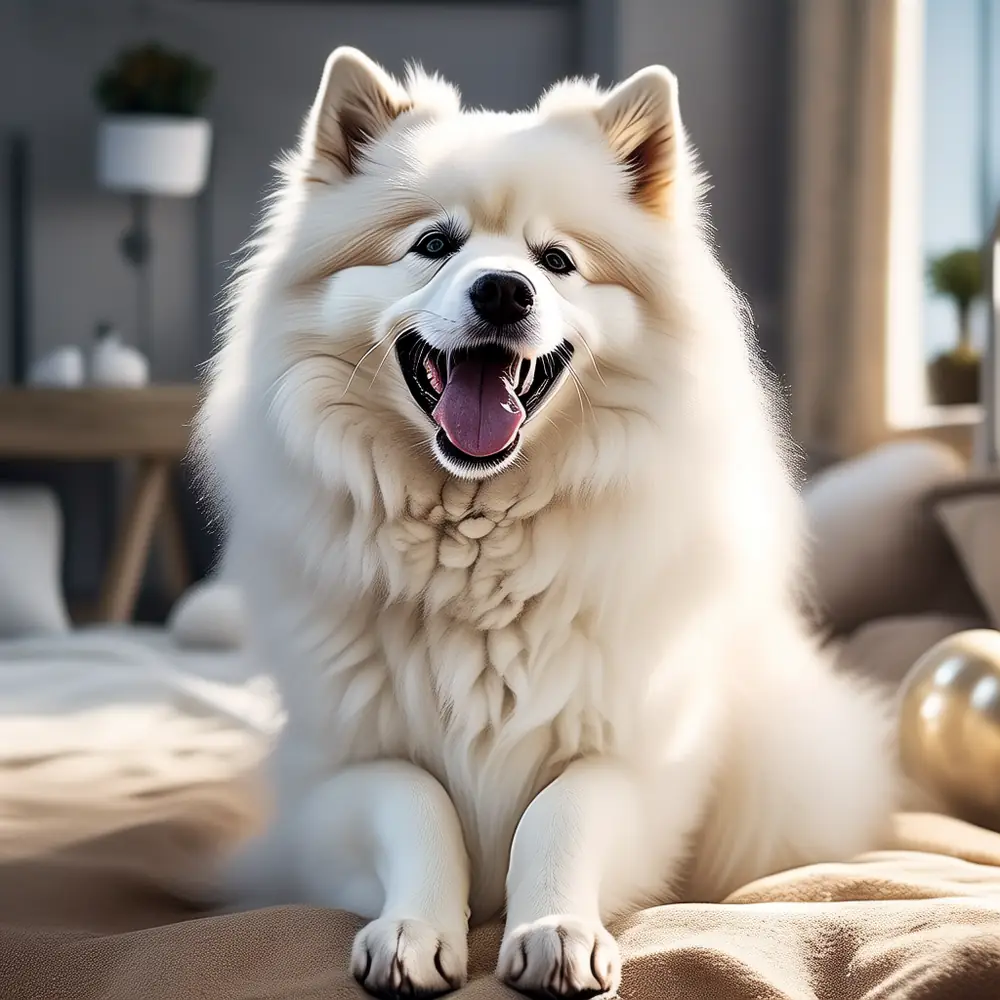Top Tricks for Training Your Tail-Wagging Pup
Training your dog is more than just teaching them to sit and stay; it's about building a strong, respectful bond that makes life easier and more enjoyable for both of you. A well-trained dog is not only a joy to be around but also safer and more confident in various situations. Whether you're a first-time pet owner or looking to refine your skills, these dog training tips will help you and your four-legged friend get on the same page.
Start with the Basics: Begin with simple commands like "sit," "stay," and "come." These are the foundation of good behavior and can be taught using positive reinforcement. For example, when teaching "sit," hold a treat above your dog’s head, move it back slightly, and as their head follows the treat, their bottom should naturally lower. As soon as they sit, give them the treat and lots of praise. This method makes learning fun and rewarding for your pet.
Consistency is Key: Dogs thrive on routine and consistency. Use the same commands and gestures every time, and make sure everyone in the household is on the same page. If you say "down" to mean "lie down," stick with it. Changing commands or having different family members use different words can confuse your dog and slow down the training process. Consistency also applies to rewards; always reward your dog immediately after they perform the desired action.
Keep It Short and Sweet: Dogs, especially puppies, have short attention spans. Keep training sessions brief—about 5-10 minutes at a time—and end on a positive note. Multiple short sessions throughout the day are more effective than one long, exhausting session. For instance, if you’re working on "stay," practice for a few minutes, then take a break. Later, try again, gradually increasing the duration and distance as your dog improves.
Manage Distractions: Start training in a quiet, familiar environment where your dog feels comfortable. As your dog becomes more proficient, gradually introduce distractions. For example, if you’re teaching "leave it," start with a low-value item, like a toy, and progress to higher-value items, like a treat, in a more distracting setting. This helps your dog learn to focus and respond to commands even when there are other things vying for their attention.
- Always use positive reinforcement, such as treats, praise, and play, to encourage good behavior.
- Be patient and avoid getting frustrated. Learning takes time, and every dog is different.
- Use a clicker or a consistent verbal marker, like "yes," to mark the exact moment your dog performs the desired action.
- Gradually phase out treats as your dog becomes more reliable, but always offer praise and affection.
- Avoid physical punishment; it can damage the trust and bond between you and your dog.
Common Mistake: Overlooking the Importance of Socialization: While training is crucial, don’t forget to socialize your dog. Expose them to different people, animals, and environments to help them become well-adjusted and confident. A well-socialized dog is less likely to develop behavioral issues and will be more responsive to training.
Remember, the key to successful dog training is patience, consistency, and positive reinforcement. With these tips, you’ll be well on your way to having a well-behaved and happy canine friend. Happy training!
